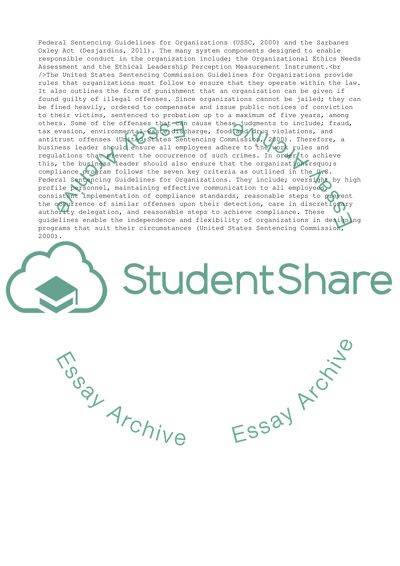Cite this document
(Ethical Leadership Assignment Example | Topics and Well Written Essays - 2500 words, n.d.)
Ethical Leadership Assignment Example | Topics and Well Written Essays - 2500 words. https://studentshare.org/business/1785161-mgt3110individualwritingassignment
Ethical Leadership Assignment Example | Topics and Well Written Essays - 2500 words. https://studentshare.org/business/1785161-mgt3110individualwritingassignment
(Ethical Leadership Assignment Example | Topics and Well Written Essays - 2500 Words)
Ethical Leadership Assignment Example | Topics and Well Written Essays - 2500 Words. https://studentshare.org/business/1785161-mgt3110individualwritingassignment.
Ethical Leadership Assignment Example | Topics and Well Written Essays - 2500 Words. https://studentshare.org/business/1785161-mgt3110individualwritingassignment.
“Ethical Leadership Assignment Example | Topics and Well Written Essays - 2500 Words”. https://studentshare.org/business/1785161-mgt3110individualwritingassignment.


